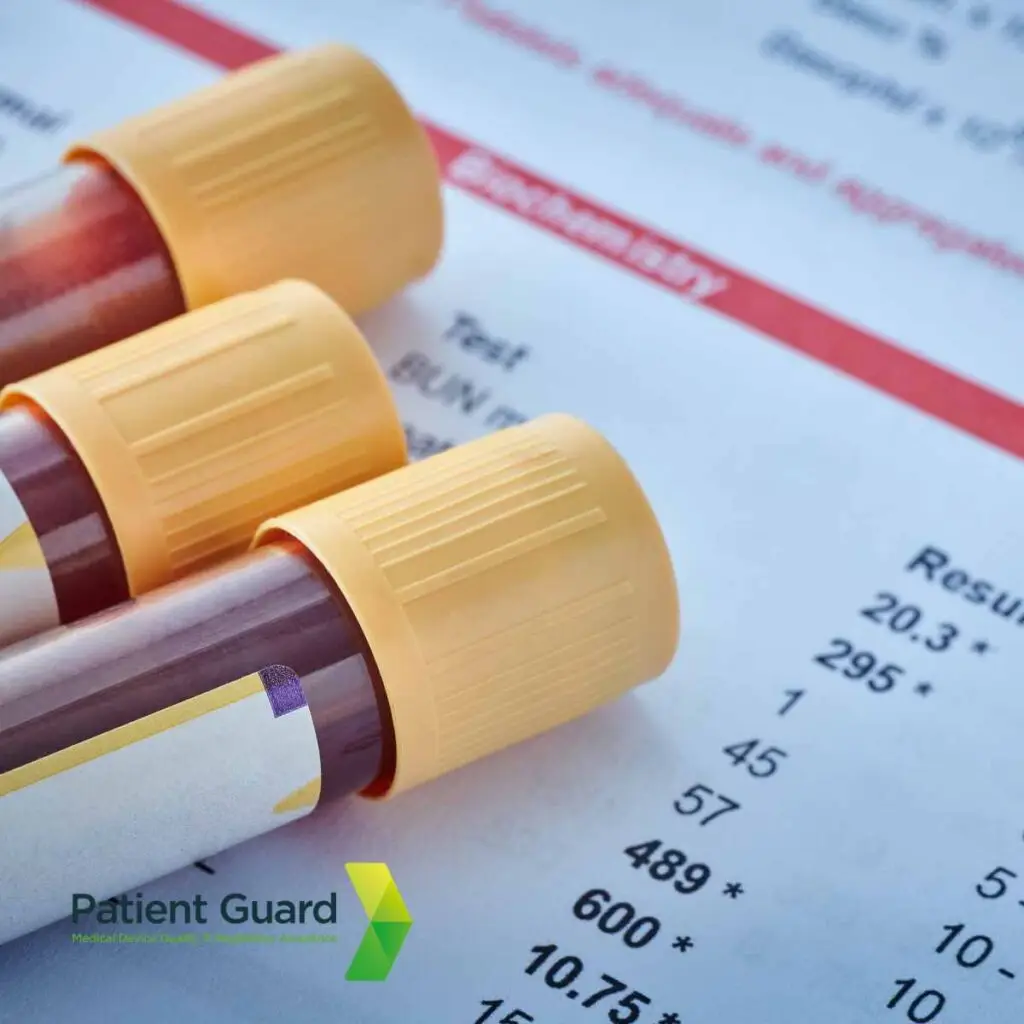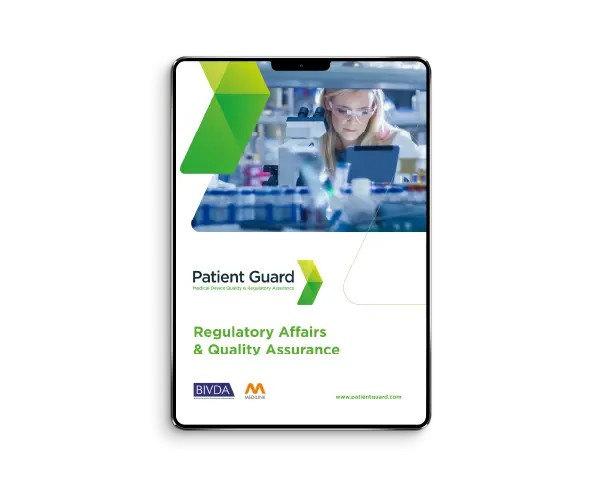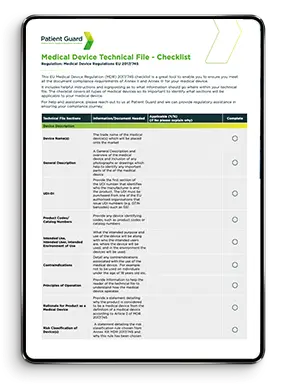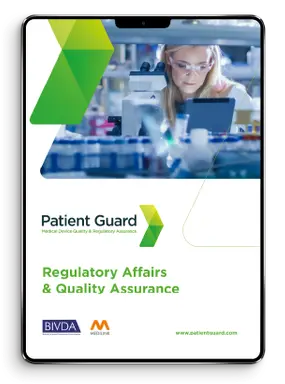What is IVDR?
The In Vitro Diagnostic Regulation (EU) 2017/746, commonly known as IVDR, is a regulatory framework that replaced the previous In Vitro Diagnostic Directive (IVDD). It was officially implemented on 26 May 2022, with a transition period that allows manufacturers to adapt to the new requirements. The IVDR aims to improve device traceability, enhance clinical evidence, and ensure rigorous post-market surveillance to safeguard patient safety.
The IVDR framework is structured around key principles such as risk classification, clinical evidence, and post-market monitoring. Unlike the IVDD, the IVDR introduces more stringent rules for clinical data and a more comprehensive oversight system involving Notified Bodies, significantly impacting manufacturers, importers, and distributors.
Why is IVDR Important?
Enhanced Patient Safety: IVDR introduces stricter requirements for clinical evidence and performance evaluation, ensuring that IVD devices are safe and effective. This reduces the risk of faulty devices entering the market and potentially harming patients.
Improved Traceability: With the implementation of the Unique Device Identification (UDI) system, manufacturers can effectively track devices throughout their lifecycle. This allows for quicker responses in case of device recalls or safety alerts, protecting patients and ensuring regulatory compliance.
Robust Risk Classification: The IVDR reclassifies IVDs based on risk, leading to more stringent regulatory scrutiny for higher-risk devices. This new classification system ensures that higher-risk devices undergo more comprehensive assessments, reducing potential risks associated with critical diagnostic tools.
Key Components of IVDR
Classification System:
IVDR categorizes IVDs into four classes: A, B, C, and D, based on their intended use and associated risks. Class A devices pose the lowest risk, while Class D includes high-risk devices such as blood tests for HIV or hepatitis
Clinical Evidence:
Manufacturers must provide robust clinical data to demonstrate the device’s safety and performance. This includes clinical performance studies, analytical performance studies, and scientific validity reports. Adequate clinical evidence is crucial for obtaining CE marking under the IVDR.
Post-Market Surveillance (PMS)
Ongoing monitoring of device performance, including regular risk assessments and incident reporting. PMS is a continuous process that helps manufacturers collect data on how the device performs in real-world settings and make necessary adjustments to mitigate risks.
Technical Documentation:
Comprehensive technical files, including risk management reports, performance evaluation, and labeling information. These documents must be regularly updated and reflect the current state of the device, its intended use, and risk management strategies.
Notified Body Involvement:
Higher-risk devices require Notified Body assessment and certification to enter the EU market. Notified Bodies play a crucial role in reviewing technical documentation and verifying that devices meet the IVDR requirements.
Steps to Achieve IVDR Compliance
Determine Classification:
Assess the risk classification of the IVD device based on Annex VIII of the IVDR. Understanding the classification is essential for identifying the applicable conformity assessment route.
Compile Technical Documentation
Create thorough technical files that include clinical data, risk management, and performance evaluation reports. This documentation must align with the specific requirements outlined in Annex II and Annex III of the IVDR.
Engage a Notified Body
For higher-risk classes (B, C, D), involve a Notified Body for conformity assessment. This step is mandatory for all Class B, C, and D devices, as these classes require external verification of compliance.
Implement Post-Market Surveillance:
Develop a comprehensive PMS plan to monitor the device’s performance and manage risks post-launch. A well-structured PMS system includes periodic safety update reports (PSURs) and post-market performance follow-up (PMPF).
Maintain Regulatory Vigilance:
Stay updated on evolving regulatory guidelines to ensure ongoing compliance. The European Commission regularly updates guidance documents, which provide essential information on implementing IVDR requirements effectively.
Common Challenges in IVDR Implementation
Increased Regulatory Burden:
The IVDR significantly increases the regulatory burden for manufacturers, especially those with higher-risk devices. The extensive documentation, clinical evidence requirements, and Notified Body assessments can be resource-intensive and time-consuming.
Availability of Notified Bodies
As more devices require Notified Body involvement under IVDR, the demand for these services has surged. However, the limited number of IVDR-designated Notified Bodies has led to longer review times and potential delays in market access.
Data Management and Traceability:
Implementing the UDI system and maintaining comprehensive documentation can be challenging for manufacturers, particularly those with extensive product portfolios.
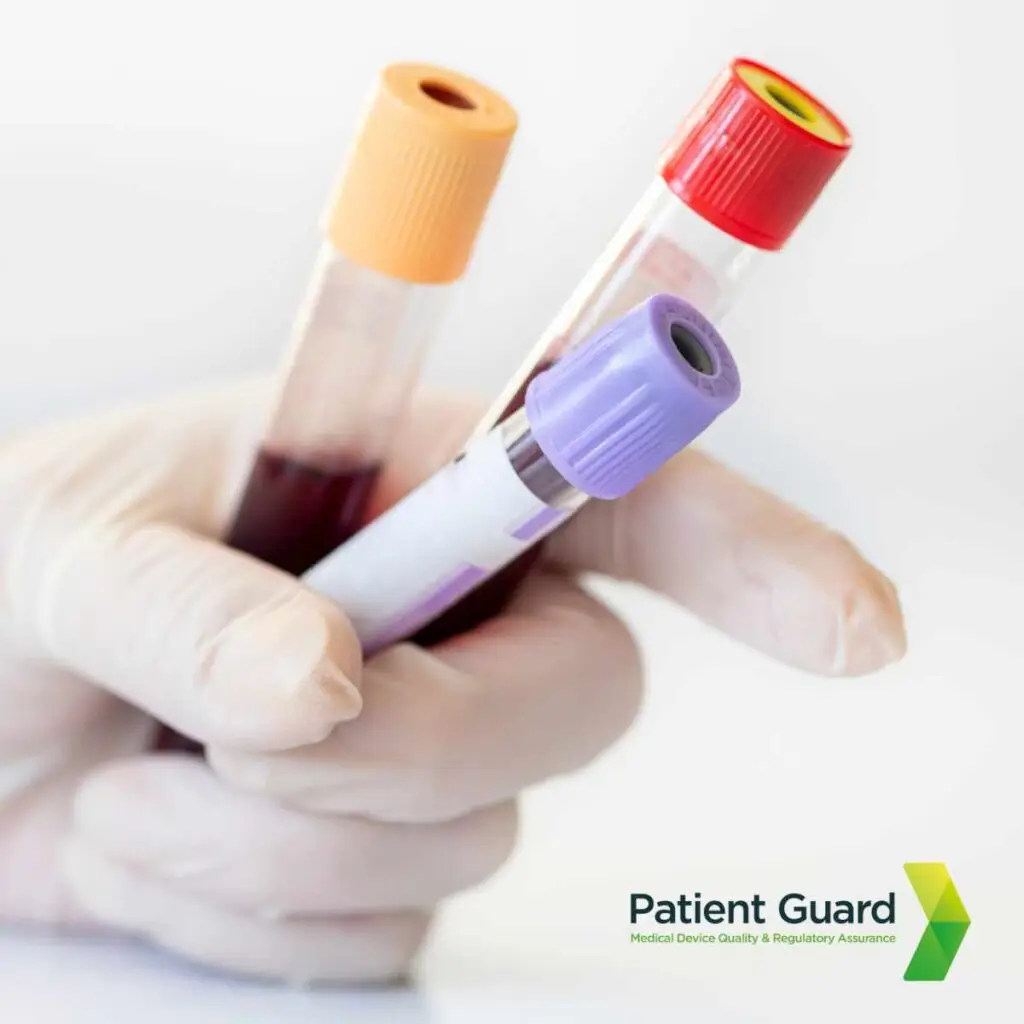
Frequently Asked Questions (FAQs)
The primary deadline for IVDR compliance was 26 May 2022, but certain devices have extended transition periods based on their risk classification. Manufacturers should verify specific timelines to avoid market disruptions
Risk classification is determined based on Annex VIII of the IVDR, considering the intended use, target population, and potential risk to patients and public health. Classes range from A (low risk) to D (high risk).
A Notified Body is a third-party organization designated by the EU to assess the conformity of higher-risk devices (Classes B, C, D). Not all devices require Notified Body involvement, but it is mandatory for higher-risk categories.
Non-compliance with IVDR can lead to severe consequences, including device recalls, market access restrictions, and potential legal action. Ensuring compliance is essential to avoid disruptions and maintain regulatory approval.
How Patient Guard Can Help
At Patient Guard, we specialize in helping manufacturers navigate the complexities of IVDR compliance. From classification assessments to technical documentation and Notified Body liaison, our expert team provides end-to-end support to ensure your IVD devices meet EU regulatory standards.
We offer comprehensive services, including:
Regulatory strategy development tailored to your device classification.
Preparation of clinical evidence and performance evaluation reports.
Technical documentation review and gap analysis.
Assistance with Notified Body selection and coordination.
Implementation of post-market surveillance and vigilance systems.
For more information or to schedule a consultation, contact us today and take the first step toward IVDR compliance.

